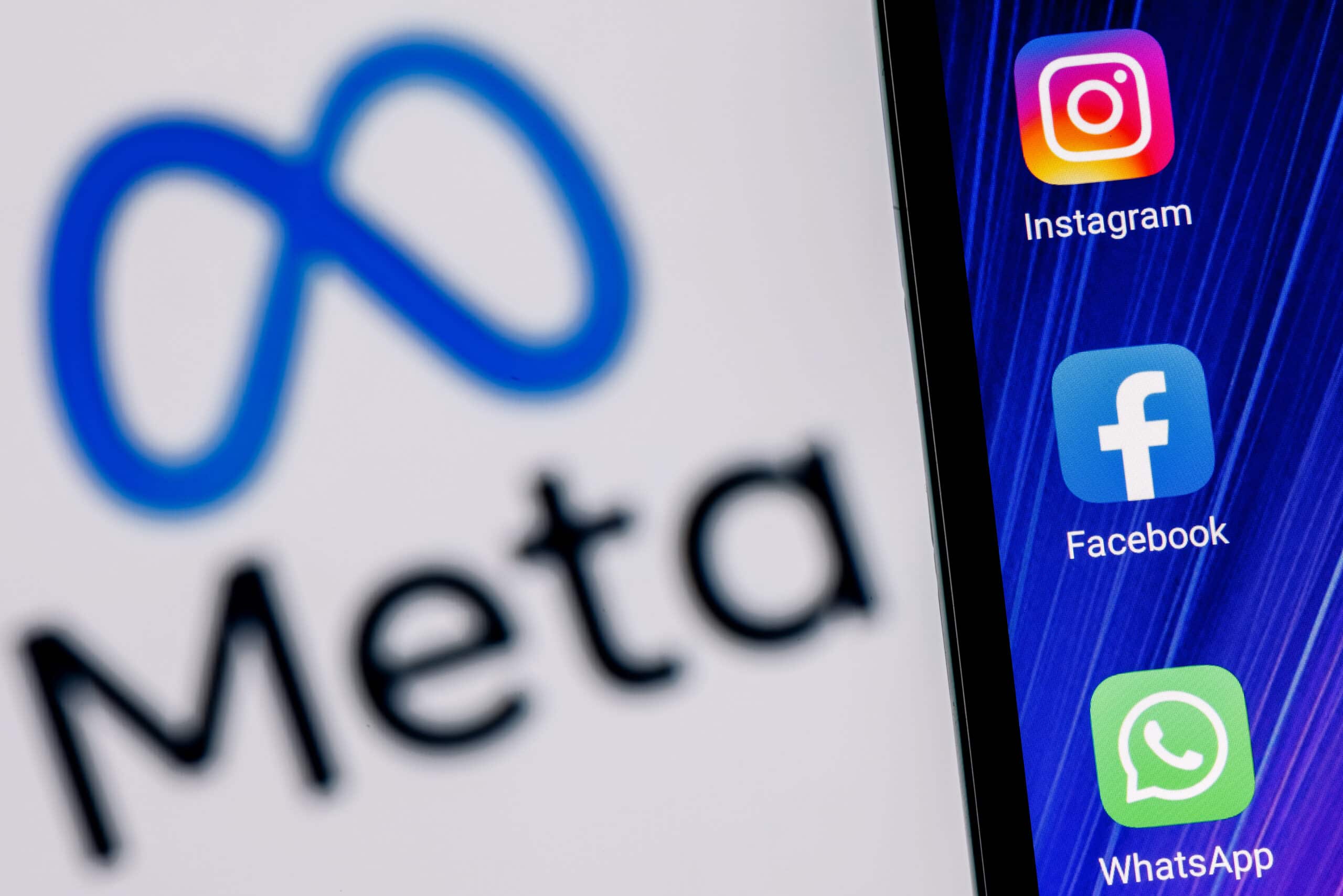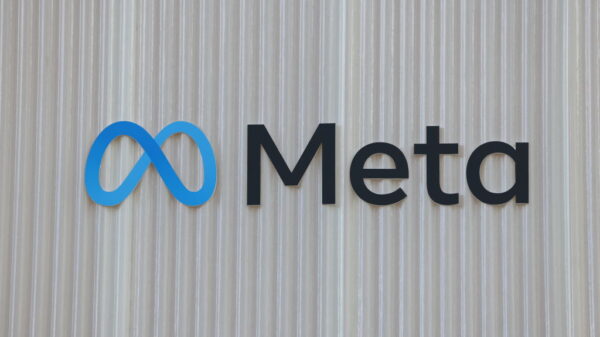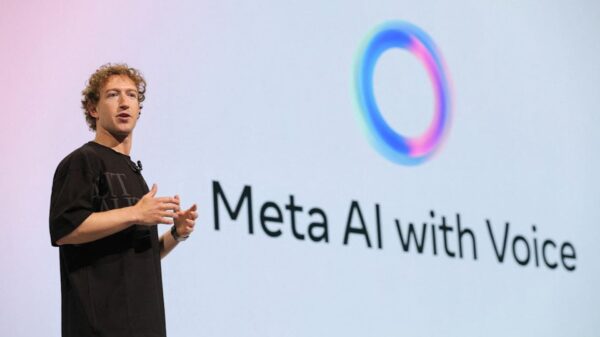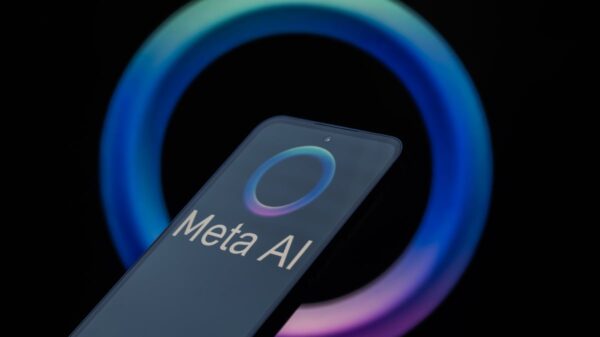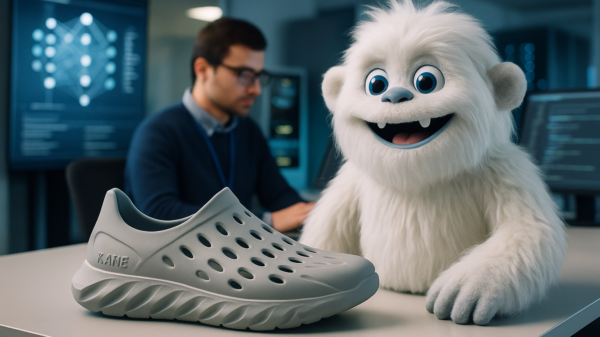In a significant setback for the Federal Trade Commission (FTC) and its chair, Lina Khan, the recent ruling in the monopolization case against Meta marks a crucial moment for antitrust enforcement in the tech sector. The FTC’s defeat highlights the challenges facing regulatory agencies in establishing illegal monopolies within the rapidly evolving landscape of digital platforms.
Under Khan’s leadership, the FTC filed the case against Meta in 2021, claiming the company had monopolized the market for “personalized social networking” (PSN) services through its acquisitions of Instagram and WhatsApp. However, the ruling by Judge James Boasberg of the D.C. district court on November 18, 2025, determined that the relevant market was broader, encompassing major competitors like YouTube and TikTok. As a result, Meta was found not to hold a monopoly in this expanded social media market.
Defining the Market: FTC’s Misstep
The FTC’s argument centered around the definition of PSN services, which it argued included platforms like Facebook, Instagram, Snapchat, and a smaller entity, MeWe. Yet, Meta successfully contended that considering a broader market that included YouTube and TikTok undermined the FTC’s claims. Judge Boasberg noted that the combined market share of Facebook and Instagram did not meet any established thresholds for monopolization.
The FTC’s traditional view that Instagram posed a competitive threat to Facebook led it to argue that Meta’s acquisition strategy was anticompetitive. Nonetheless, as the judge pointed out, this narrow focus failed to acknowledge the significant competition posed by platforms like YouTube and TikTok, which have increasingly adopted similar features and algorithms that recommend content to users.
Evidence presented at trial illustrated that users now spend a diminishing amount of time on connected content — personal postings from friends — compared to unconnected content like algorithm-driven video recommendations. By January 2025, Facebook users dedicated only 17 percent of their time to connected content, while Instagram users allocated a mere 7 percent. This shift underscores how the very nature of social media consumption has evolved.
Evidence of Competition
The court recognized the competitive dynamics among Facebook, Instagram, TikTok, and YouTube. Natural experiments during outages and platform bans revealed that consumers readily shifted their attention among these platforms, demonstrating strong competition among them. Judge Boasberg stated, “When consumers cannot use Facebook and Instagram, they turn first to TikTok and YouTube. When they cannot use TikTok or YouTube, they turn to Facebook and Instagram.” This interchangeability of platforms provided vital evidence that the FTC could not successfully argue for a distinct monopolization case based on its chosen market delineation.
Additionally, the ruling called into question whether consumers actually suffered harm from Meta’s acquisitions of Instagram and WhatsApp. In the wider context of the social media landscape, the combined market share of Meta’s platforms fell short of the monopoly power thresholds recognized in previous court cases.
Lessons for Regulatory Agencies
This ruling serves as a critical lesson for regulatory agencies like the FTC and the Department of Justice (DOJ). It underscores the necessity of adapting to the rapidly changing competitive environment influenced by technological advancements, particularly artificial intelligence (AI). The emergence of AI has reshaped how content is consumed and shared across platforms, blurring the lines between distinct market categories.
Judge Boasberg encapsulated this shift by quoting the ancient Greek philosopher Heraclitus, who asserted that “no man can ever step into the same river twice.” The digital realm is characterized by swift changes, and regulatory definitions must evolve accordingly. By adhering to outdated market definitions, the FTC has positioned itself at a disadvantage in prosecuting antitrust actions in the tech world.
As the FTC reflects on its defeat, it must consider the significant shifts that have occurred in the social media landscape over the past decade. The intersection of smartphones and AI technologies has transformed social media, leading to new user behaviors and expectations. Regulatory agencies need to embrace this dynamic environment and adjust their strategies to account for rapid technological advancements if they are to effectively oversee the sector.
The FTC’s loss in its case against Meta signals a need for a more nuanced understanding of competition in the digital age, where traditional definitions may no longer apply. It remains to be seen how this ruling will influence future antitrust actions, but one thing is clear: the landscape of digital competition is changing, and regulators must adapt.
 Colorado Delays AI Regulation Implementation to 2026 Amid Industry Concerns
Colorado Delays AI Regulation Implementation to 2026 Amid Industry Concerns Google DeepMind Hires Aaron Saunders to Accelerate Robotics Development with Gemini AI
Google DeepMind Hires Aaron Saunders to Accelerate Robotics Development with Gemini AI LLMs Generate Self-Building Benchmarks, Achieving 66% Accuracy in 2025 Exams
LLMs Generate Self-Building Benchmarks, Achieving 66% Accuracy in 2025 Exams Global AI Regulation Battle Intensifies: EU, US, and China Clash Over Frameworks
Global AI Regulation Battle Intensifies: EU, US, and China Clash Over Frameworks Homer City Energy Campus to Boost Natural Gas Demand Amid Data Center Revolution
Homer City Energy Campus to Boost Natural Gas Demand Amid Data Center Revolution






















































